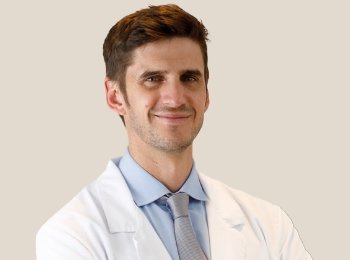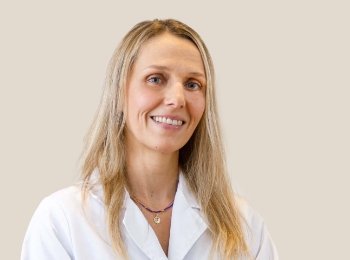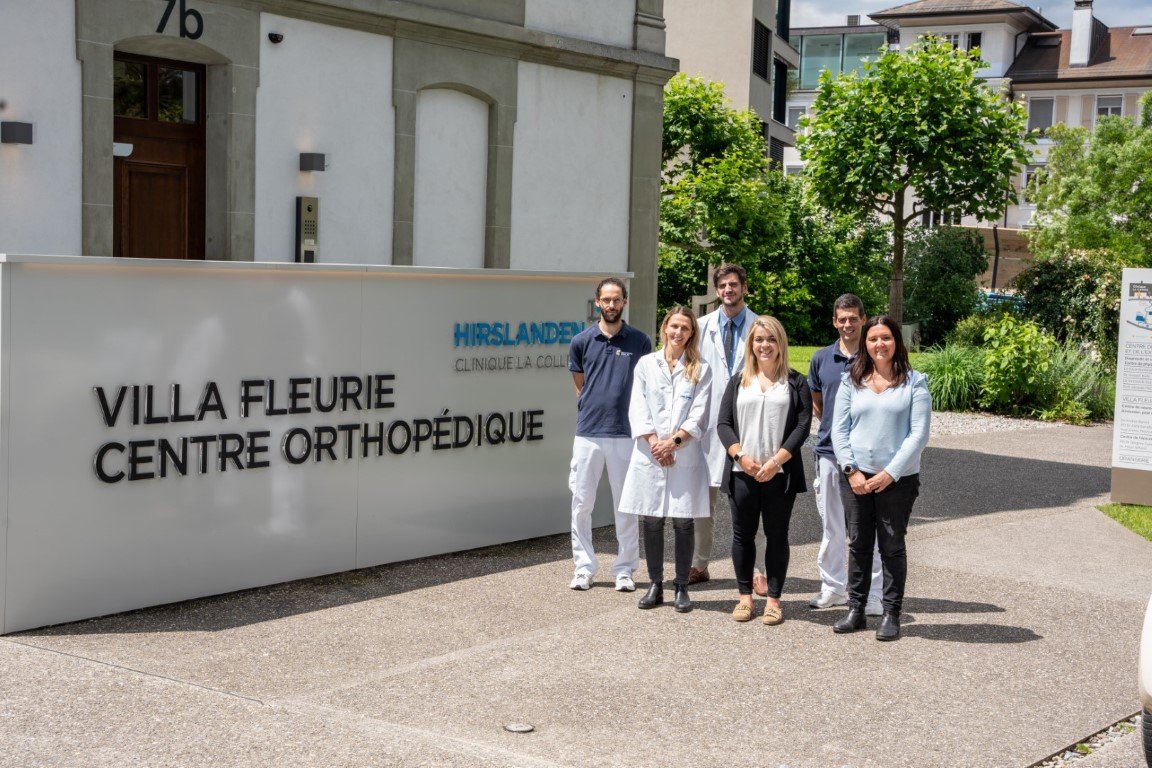Publication: JSES Rev Rep Tech. 2022 Feb 19;2(2):168-173. doi: 10.1016/j.xrrt.2022.01.005. eCollection 2022 May.
Co-authors: Gauthier M, Culebras A, Cunningham G.
Abstract:
Background: Displaced Neer type II and V clavicle fractures are usually treated surgically in active patients. However, distal fragment fixation remains a challenge, and no consensus has been established regarding the optimal surgical treatment. Osteosuture techniques have been popularized over the last decade, and multiple different techniques have been described. The aim of this study was to describe an all-suture technique in patients with displaced type II and V clavicle fractures and report its outcome in a prospective case series.
Methods: Between 2017 and 2020, 15 patients with displaced acute distal clavicle fractures were treated with an all-suture open technique performed by one shoulder specialized surgeon, with a minimum follow-up of 1 year. Osteosuture repair consisted in a coracoclavicular cerclage with 4 no6 Ethibonds and a figure-of-0 and figure-of-8 fracture cerclage with 2 no2 SutureTapes. Single assessment numerical evaluation (SANE) and adjusted Constant score were recorded at 6 months and 1 year. The radiologic union was assessed on plain radiographs.
Results: At 12 months, all patients reported excellent clinical results, with a mean SANE of 98.2 [± 5.2, range 80 to 100] and a mean adjusted Constant score of 99.0 [± 1.9, range 94 to 100]. One patient developed shoulder stiffness that resolved before the final follow-up. Fractures consolidated in 93% of the cases, with union happening between 3 and 6 months [range 3 to 12 months]. One patient developed an asymptomatic malunion.
Conclusion: Excellent clinical and radiological outcomes can be achieved with this minimally invasive all-suture fixation technique for displaced distal clavicle fractures, which allows for an anatomic reduction and stable fixation. This pilot study showed low complications and a high level of union after a follow-up of 1 year. Among the numerous advantages are a smaller exposure than for plate fixation, avoidance of hardware-related complications such as screw failure, coracoid fracture from drilling, or rotator cuff damage caused by hook-plates. Furthermore, it avoids a reoperation to remove symptomatic hardware.




